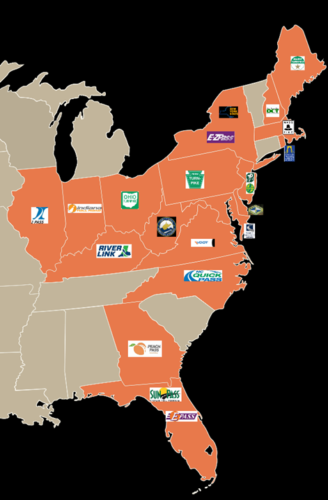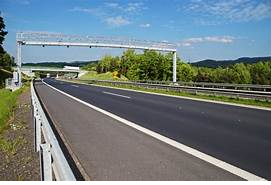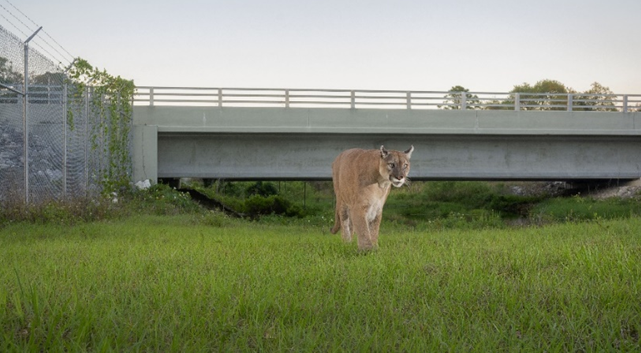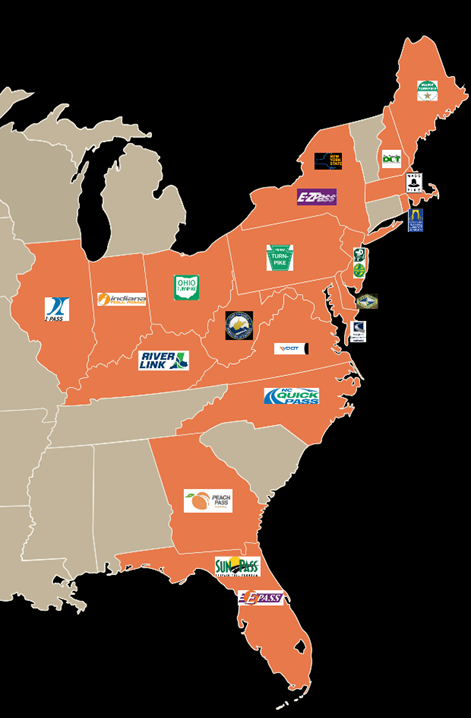It’s one of the central challenges of living in Florida today: The tension between keeping our state’s rural communities rural, and planning ahead to accommodate the approximately 900-1000 new residents who move here each day.
When work began on Florida’s Multi-use Corridors of Regional Economic Significance (M‑CORES) program, the participating agencies realized they would have to balance the need for an efficient transportation system with a commitment to protect the rural lifestyles that so many of us cherish. And, they knew they couldn’t just focus on the short term: looking 20 or more years down the road, it’s clear that traffic and congestion problems will only become more prominent if we don’t get ahead of the trends today.
That means the best way to safeguard the rural way of life is to plan for those future roadways now and protect key farmland, habitats, and communities while we can. If we wait a couple of decades until sprawl is already upon us, our only option will be to put new highways wherever they fit, rather than fitting them around the spaces that are most important to us.
Getting the Details Right
The good news is that we know how to launch an ambitious highway construction program and get the details right. In Lake County, Florida, the County Road (CR) 455 Extension Project Development and Environment (PD&E) Study stands as a shining example of a project that has done all the right things to earn public trust and support.
“Building a new highway is a very complicated process with numerous environmental, human, and property impacts that must be researched and evaluated,” explains Public Works Director Fred Schneider. “A project of this scope begins with multiple corridors to be studied and many public meetings,” and “the most important aspect of any study is to ensure that all property owners and interested persons have an opportunity to voice their opinion in both verbal and written formats. We receive important ideas and data from residents and stakeholders that help influence the results.”
The PD&E exercise traces back to a transportation alternatives study that Lake and Orange Counties completed in 2001, Schneider recalls. It produced a 20-year plan that included an extension of CR 455 south to Schofield Road. Another 15 years passed before the Lake County Board of County Commissioners approved an area plan and land use changes reflecting the study. Now, the PD&E study is almost complete, with a final public hearing scheduled for this fall.
Show That You’re Listening
While construction costs are an important factor determining the design of a new highway, Schneider says they can’t be the only consideration.
“The most important part of the public meeting process is to assure the public and landowners that you are not only listening, but acting upon their comments,” he stresses. Through the PD&E Study, “we have used many ideas from the public to propose the route that has the least impact on landowners and the environment.” In the end, the project design was adjusted to suit the feedback the county received, a step that ensured public buy-in for the project as a whole.
Keeping the public onboard has also meant accommodating a mix of urban and rural concerns.
“The final route will traverse through areas with both an urban and a rural character,” Schneider notes. “So the roundabouts and landscaping in the urban section have a neighborhood feel to them. In the open rural areas, there will be forested corridors on the outside of the right-of-way to hide the roadway and minimize its impact. Wherever possible, the road will be lowered and hidden on the back side of hills, in order to keep the existing vista.”
All of those design features point to the approaches M-CORES can take to minimize disruption and maximize local acceptance and buy-in. “Florida has helped lead the way on developing new highway corridors through innovative planning and involving the public and the environmental community in its decision-making,” Schneider says, and that experience will stand the state in good stead as the M-CORES project rolls out.








